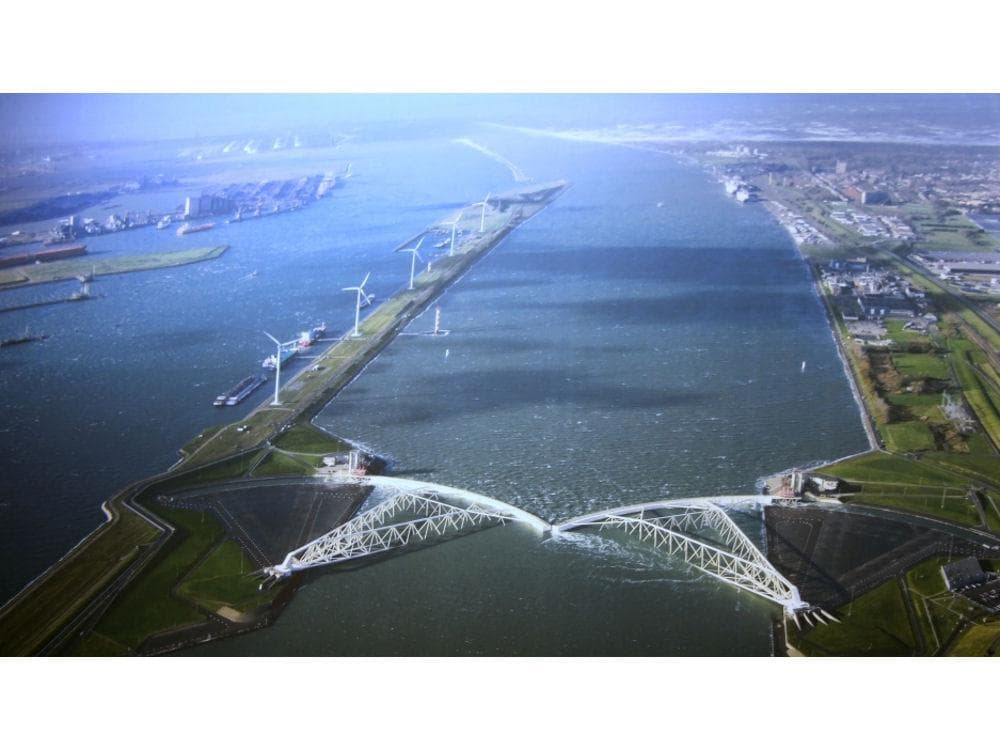“To a man with a hammer, everything looks like a nail.” — Twain/Maslow/Kaplan/Baruch/Buddha/Unknown
Climate activists are aggressively pushing the notion that climate change is a “crisis” or an “emergency”, or an “existential threat” in an effort to move governments and their citizens to demand dramatic and heroic actions to halt and reverse climate change. Once such a notion was adopted, only dramatic and heroic actions would be deemed to be acceptable to address the threat. These actions are extremely expensive and frequently require technology which is non-existent or not commercially available.
There are essentially only two approaches to addressing the projected effects of climate change – mitigation and adaptation. The primary focus of climate activists has been on mitigation, with demands that fossil fuel consumption be halted globally, or that CO2 emissions be reduced to net zero, by some near-term future year. However, there appears to be growing recognition among climate activists that their deadlines will not be met and that adaptation approaches must receive higher priority.
The recent formation of the Global Commission on Adaptation is one effort to emphasize the need for adaptation. The Commission accepts the notion that climate change is a crisis requiring far greater response from the global community. Unfortunately, the acceptance of the crisis notion focuses the Commission on dramatic and heroic adaptation strategies. Also, it assures demands that this response not diminish the demanded mitigation efforts.
“Global actions to slow climate change are promising but insufficient. We must invest in a massive effort to adapt to conditions that are now inevitable: higher temperatures, rising seas, fiercer storms, more unpredictable rainfall, and more acidic oceans.”
“Adaptation is not an alternative to a redoubled effort to stop climate change, but an essential complement to it. Failing to lead and act on adaptation will result in a huge economic and human toll, causing widespread increases in poverty and severely undermining long-term global economic prospects.”
The scope adopted by the Commission goes far beyond mere adaptation to projected future climate change effects. Rather, its scope envisions resolving global inequity and vastly improving global infrastructure for water, sewer, transportation, etc. Based on this scope, the United Nations Environment Programme (UNEP) has estimated that adaptation funding requirements would be $140 – 400 billion per year by 2030. This would be in addition to the $400 billion per year estimated for mitigation under the UN Green Climate fund by 2030. It is very likely that continued exaggeration of the current and potential future magnitude of the climate crisis would lead to demands for further increased funding of both mitigation and adaptation.
The estimates of funding requirements for mitigation and adaptation are based on unverified climate models and unverified attribution models, frequently run using worst case scenarios. The estimates of funding requirements to improve existing infrastructure and add new, resilient infrastructure, as well as to correct existing societal inequities, are based on consensus opinions of what constitutes adequate and resilient infrastructure and what constitutes societal equity.
The history of the UN Green Climate Fund suggests that it is highly unlikely that the funding needs envisioned for both mitigation and adaptation will be met. Much of the perceived need for both mitigation and adaptation funding is based on societal failure to recognize that climate is not and has never been static and is not ever likely to become static, even as the result of massive mitigation funding. Even if global mitigation efforts were successful in halting anthropogenic climate change, it is highly unlikely that they would be capable of halting natural climate change.
